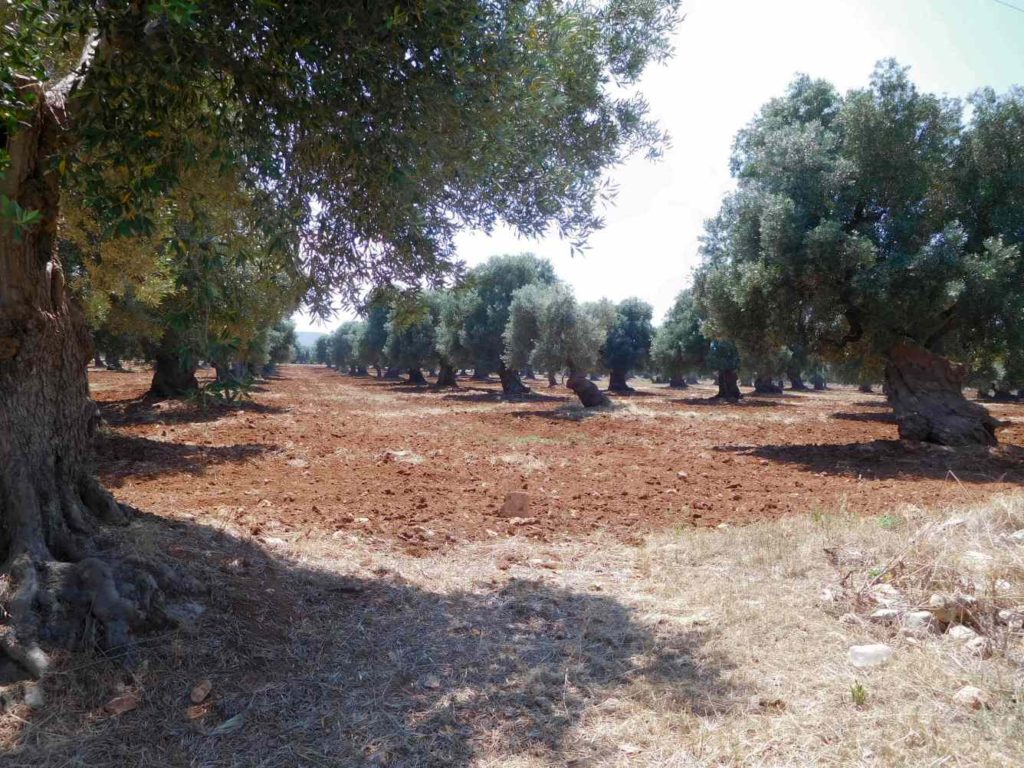
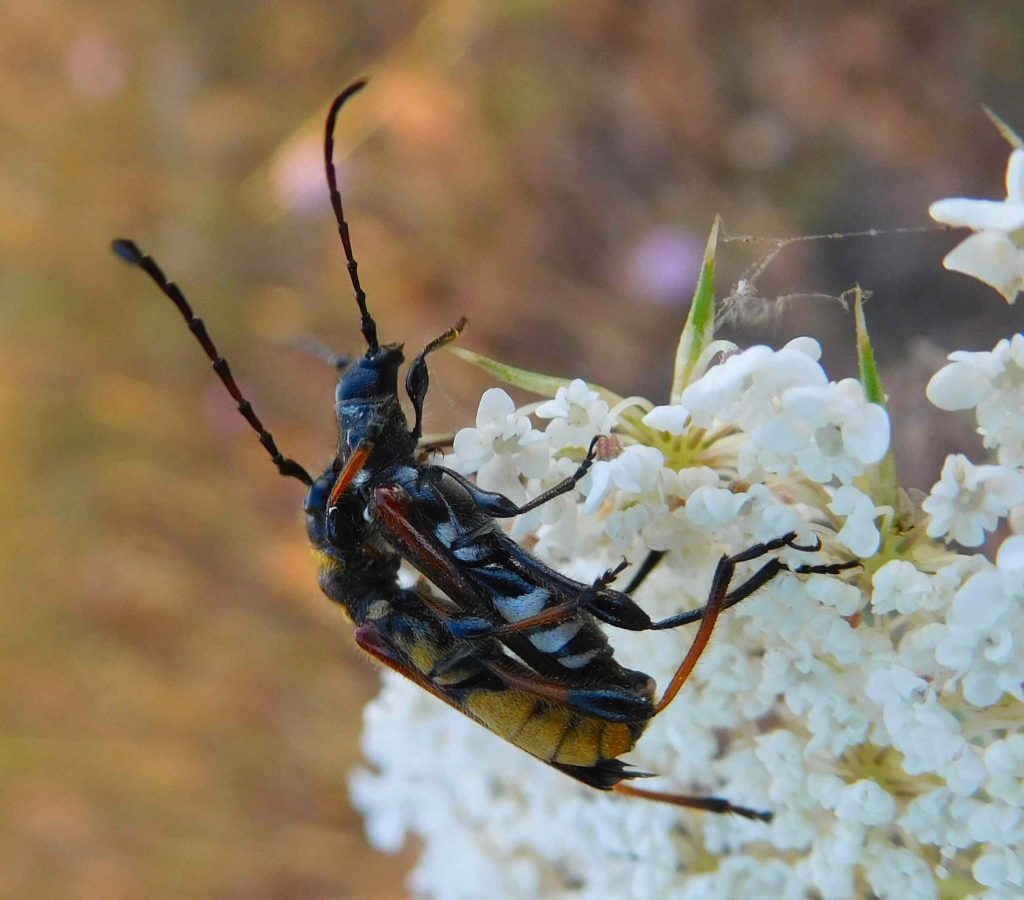

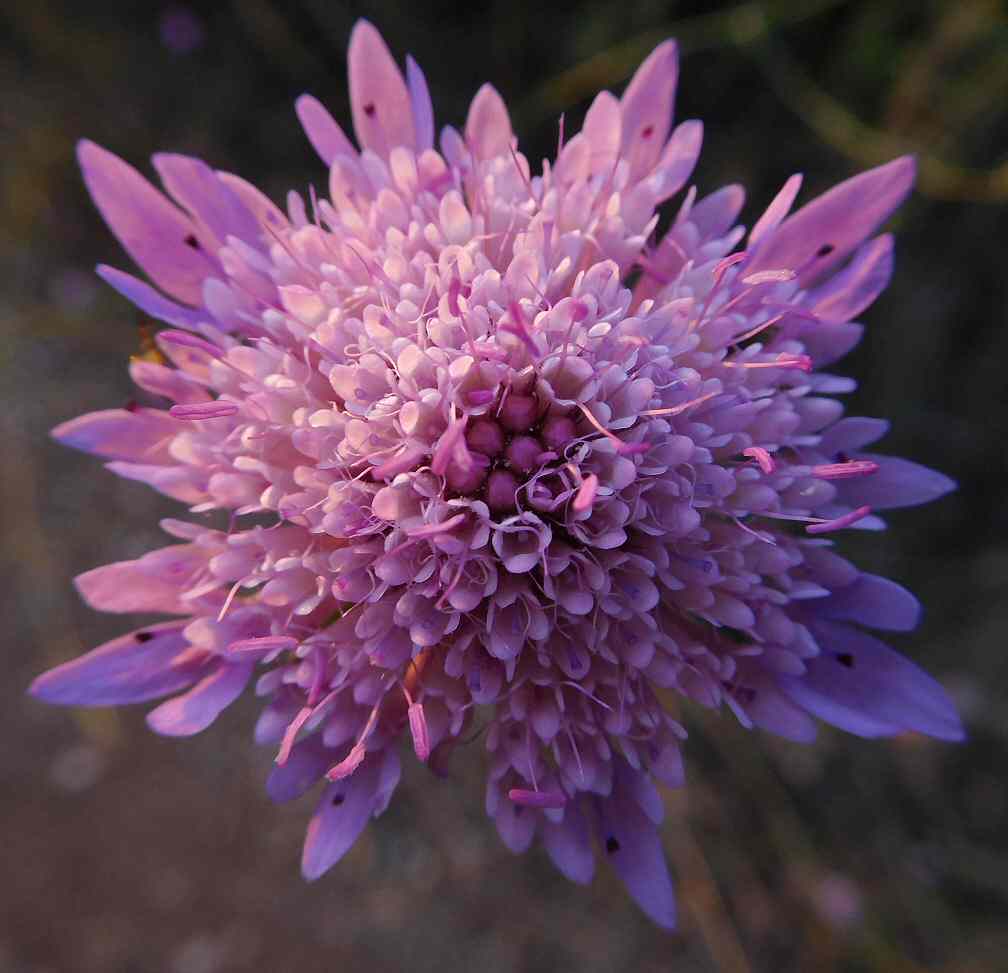
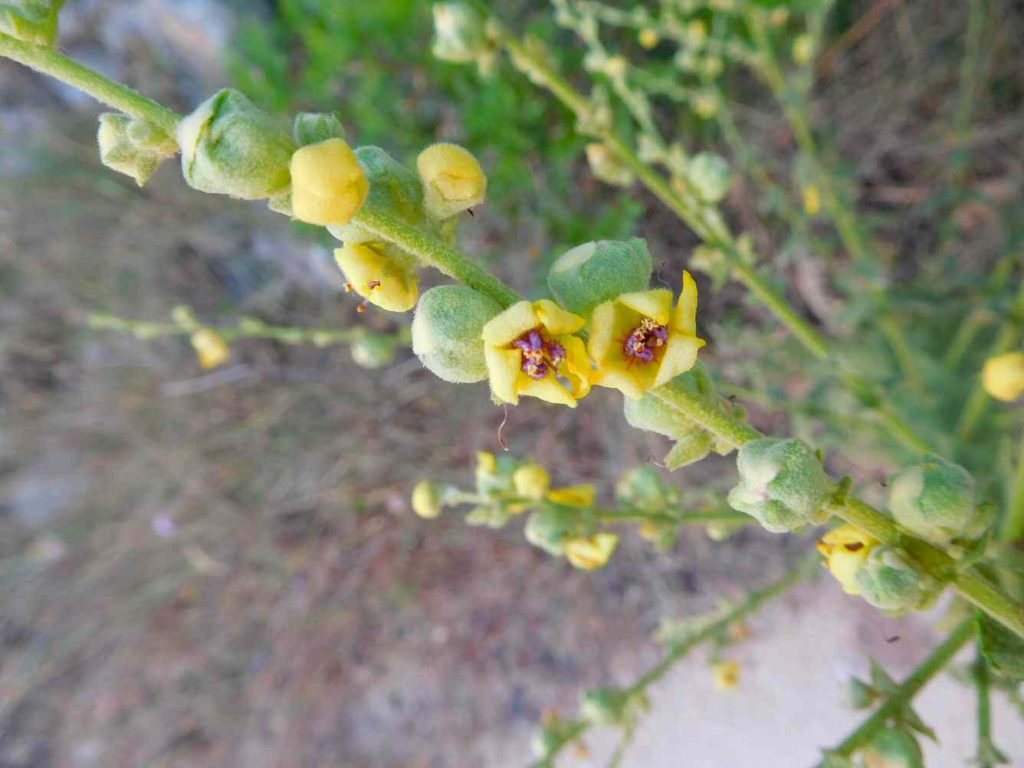
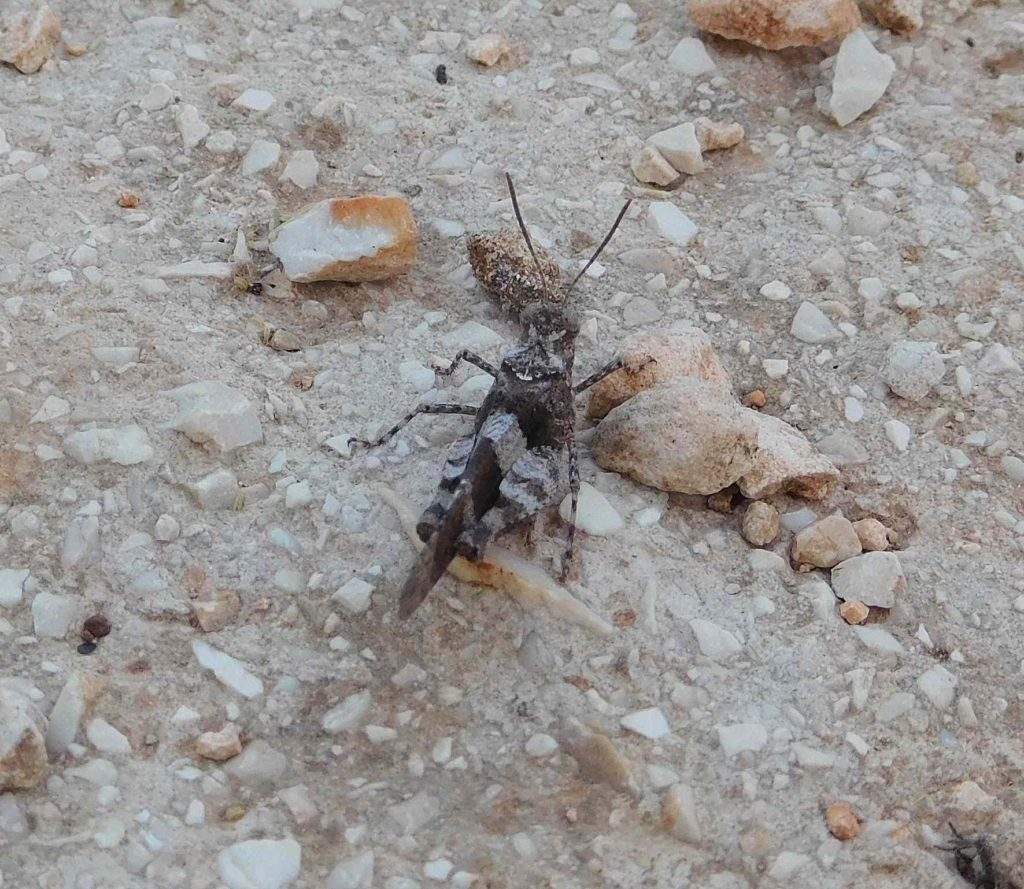
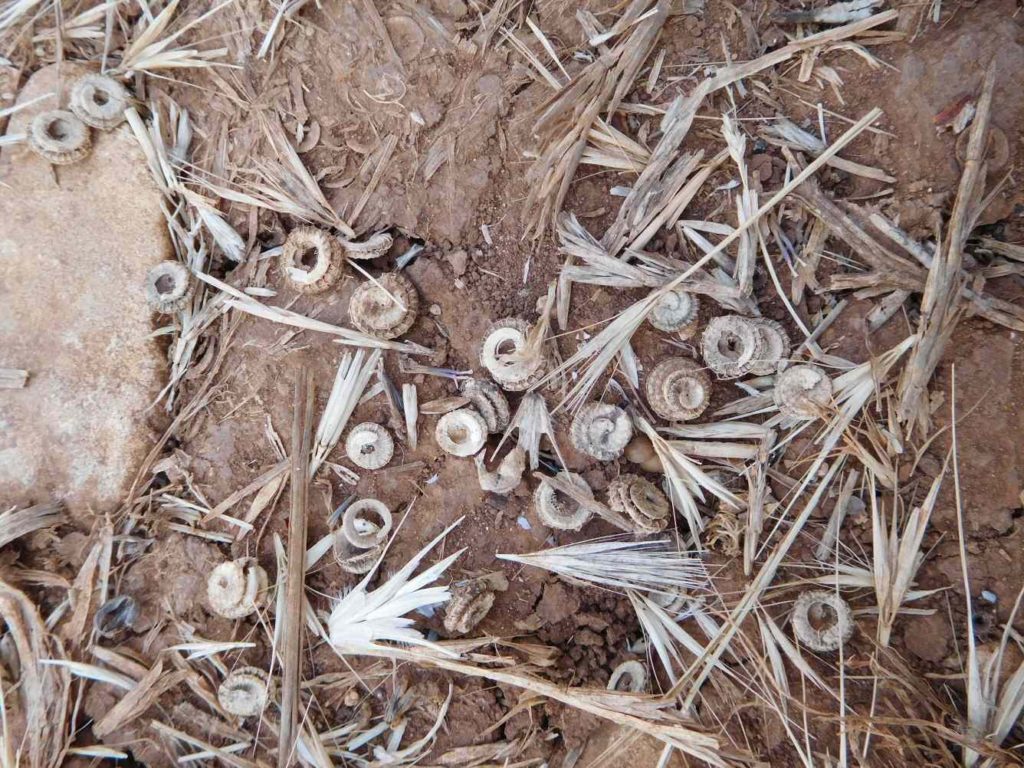
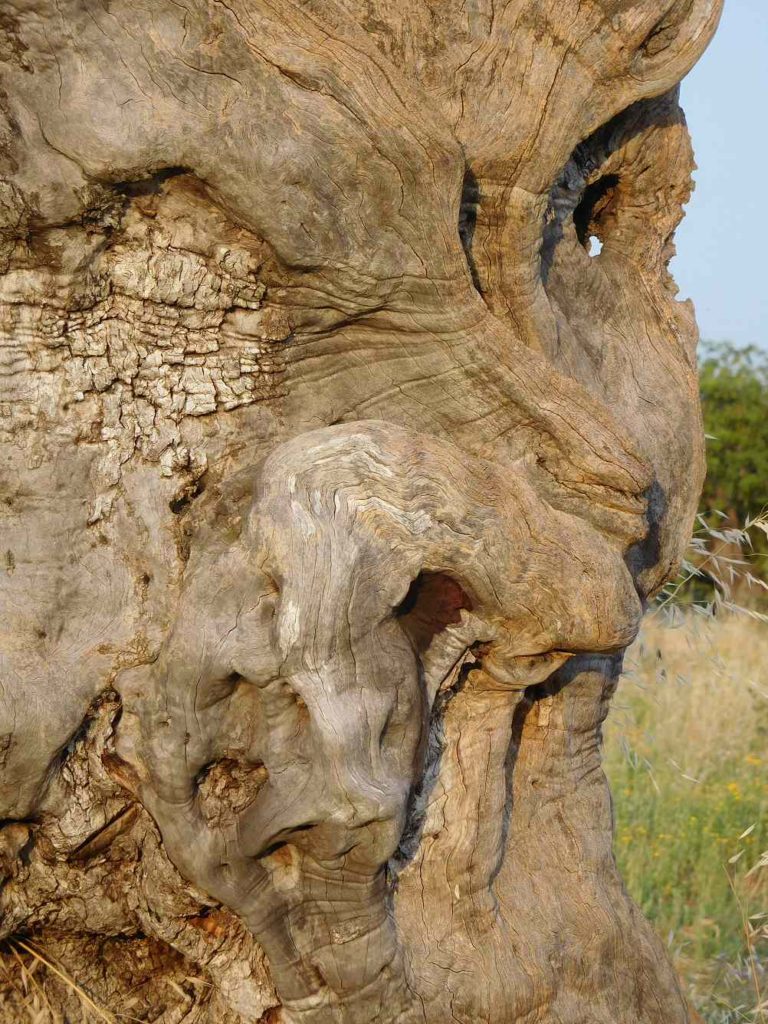
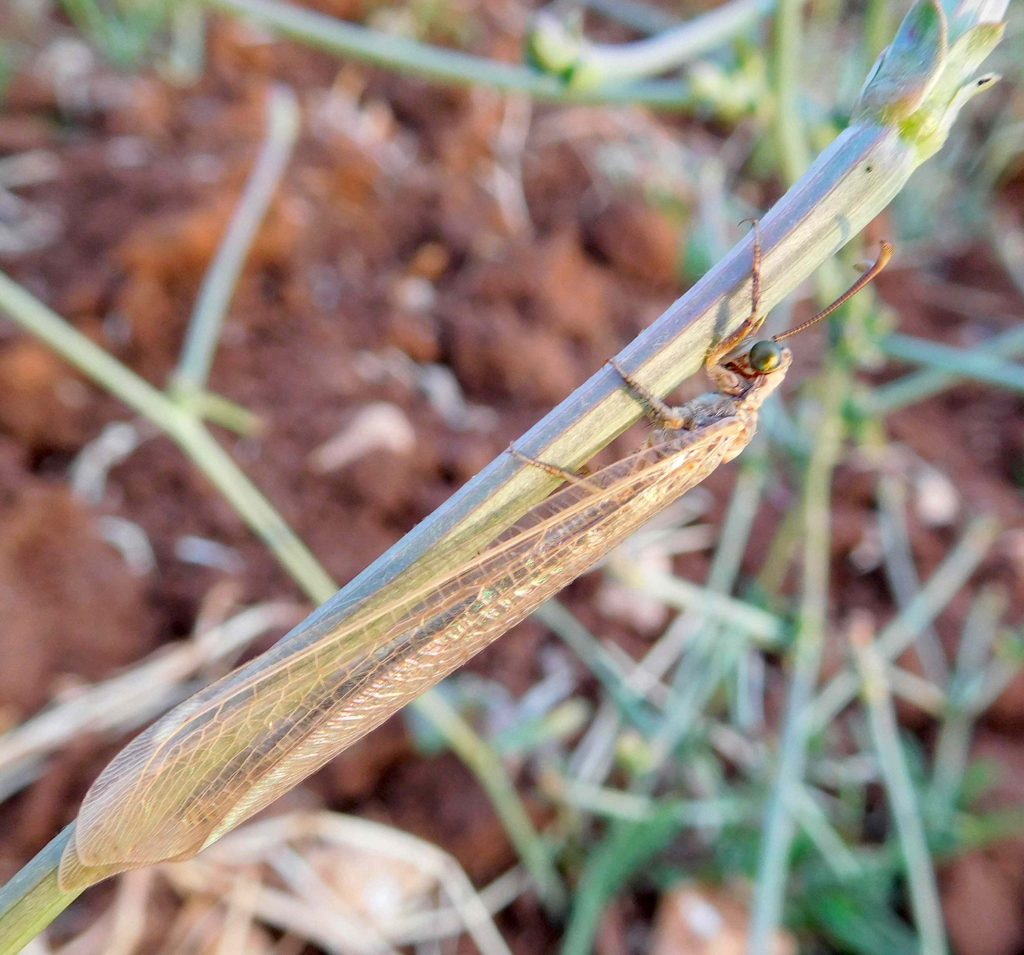
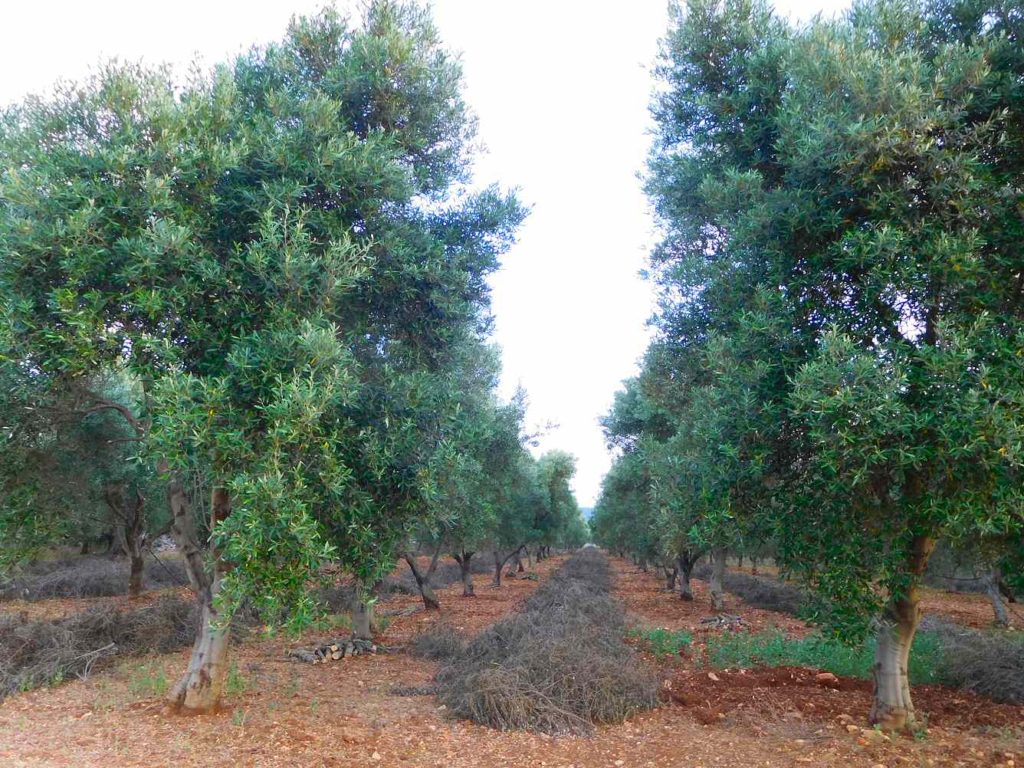
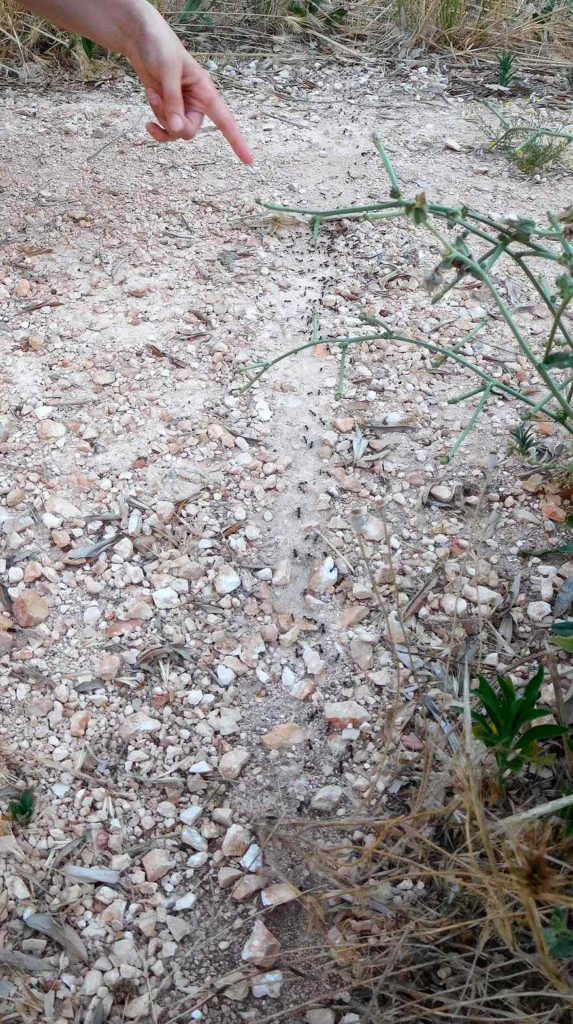
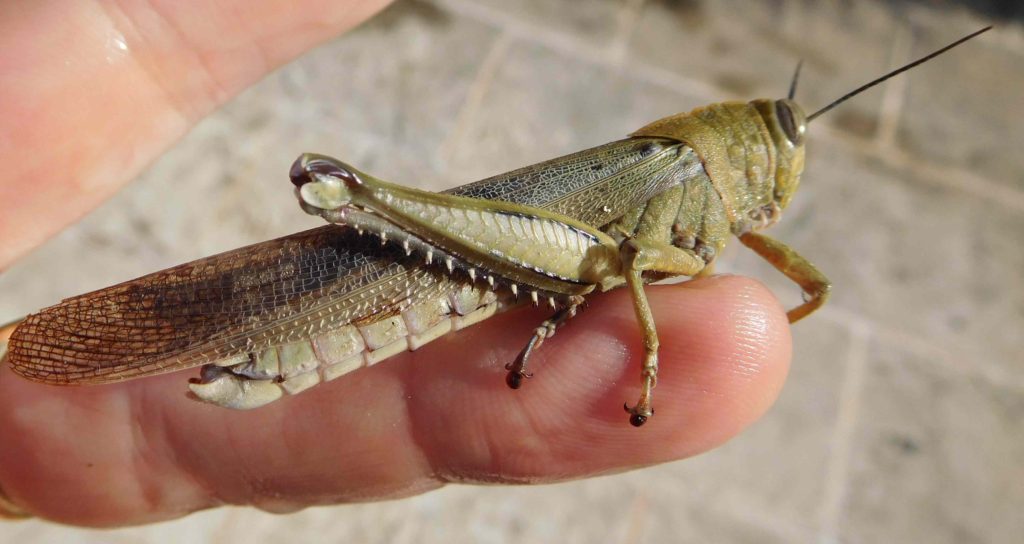
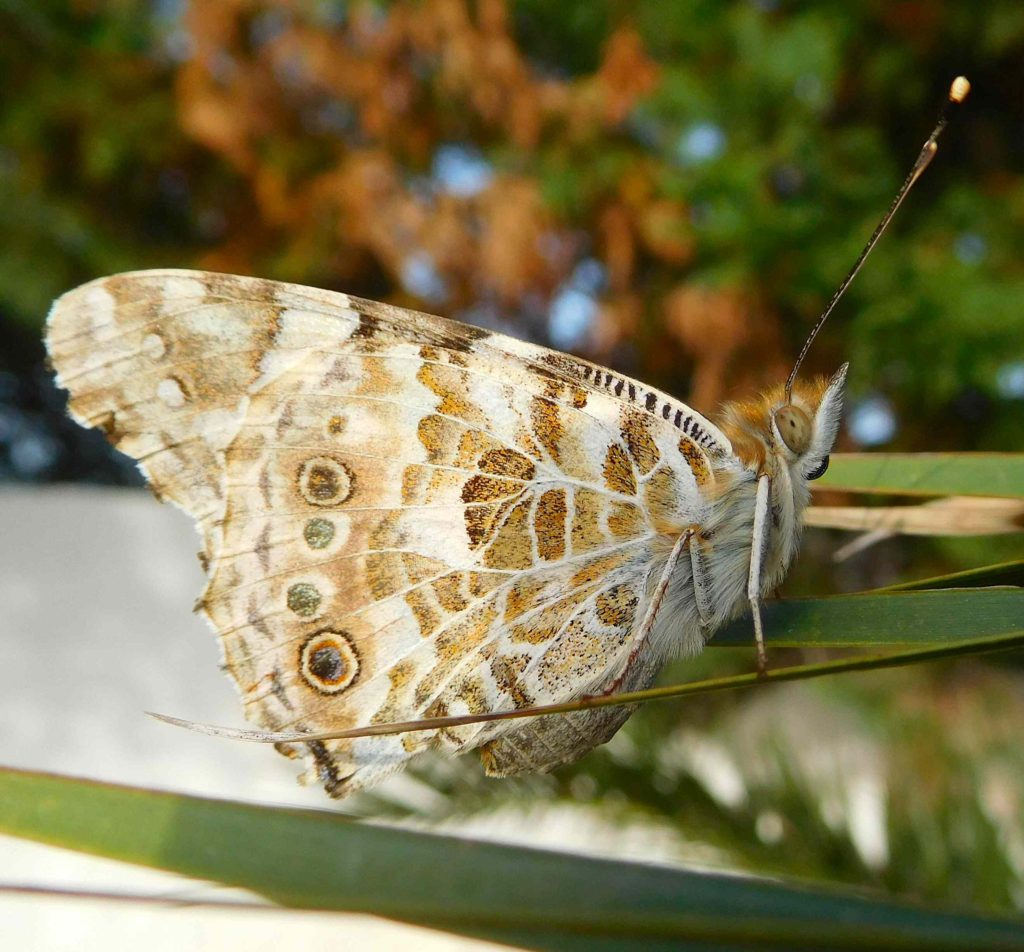
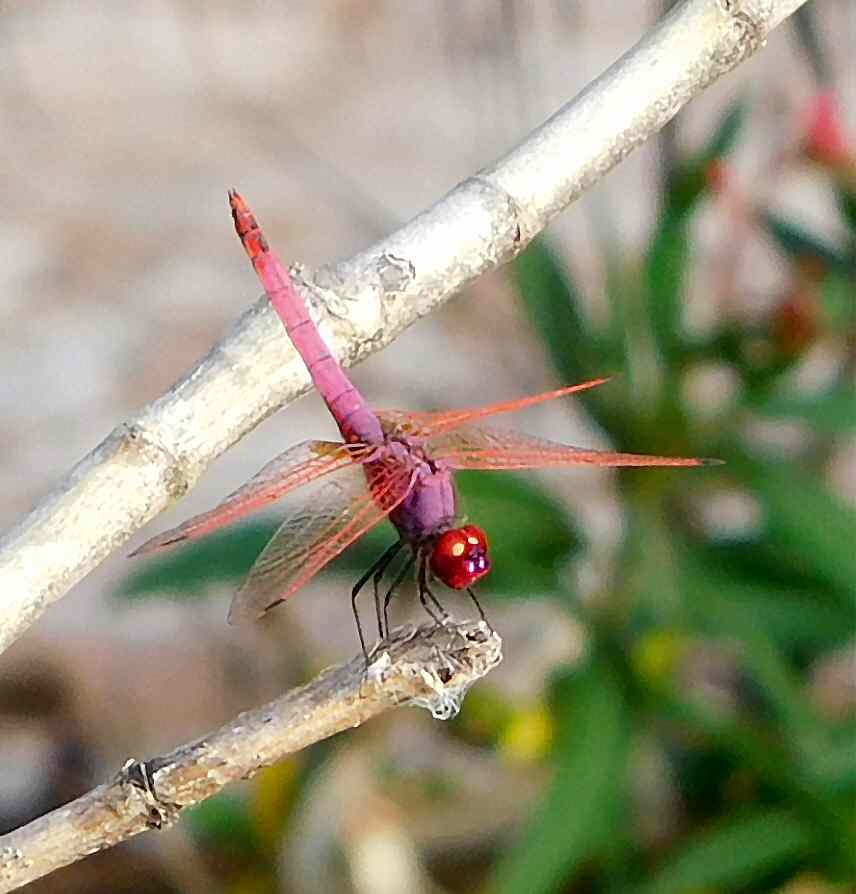
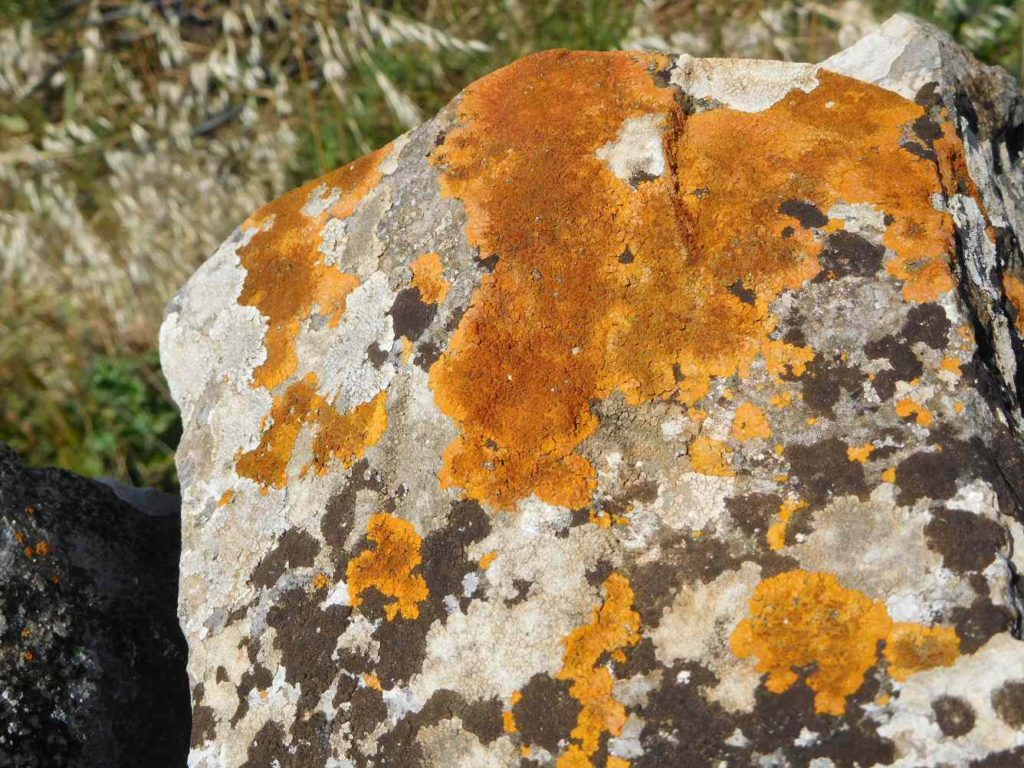
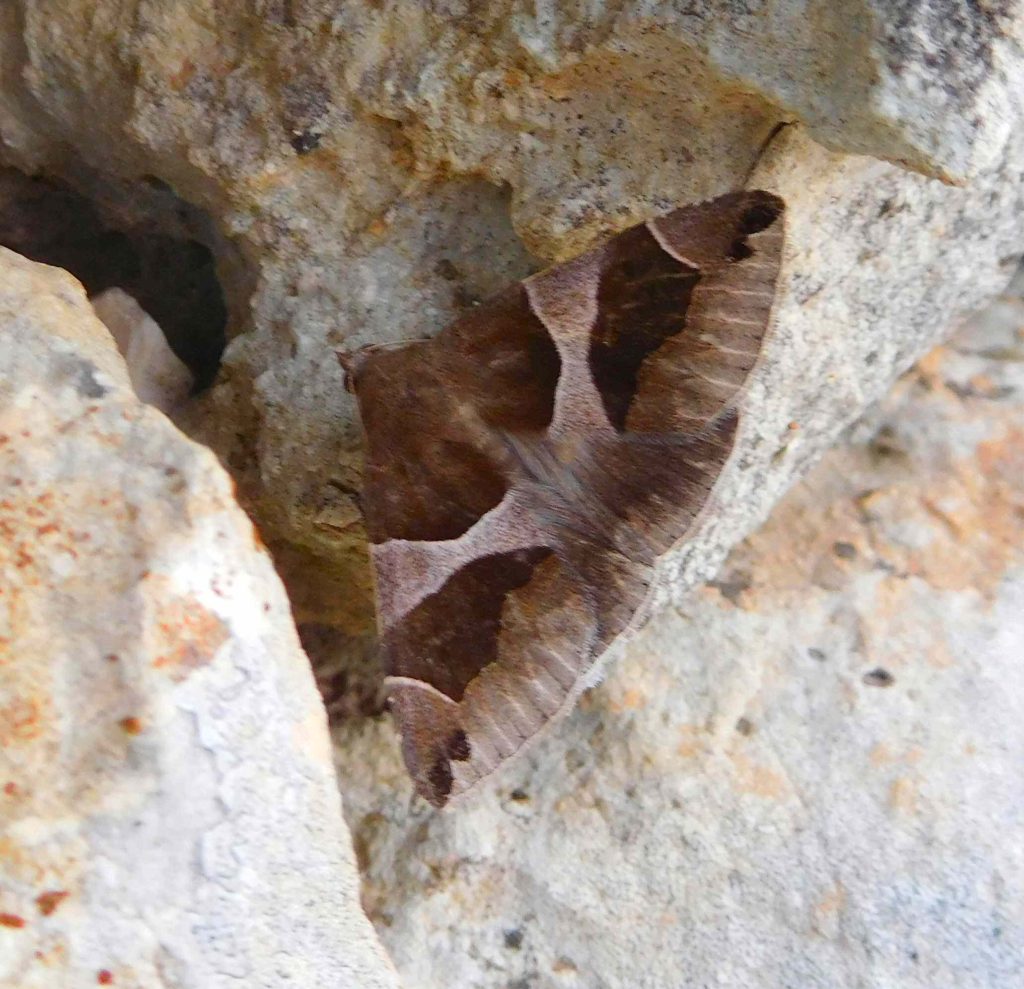
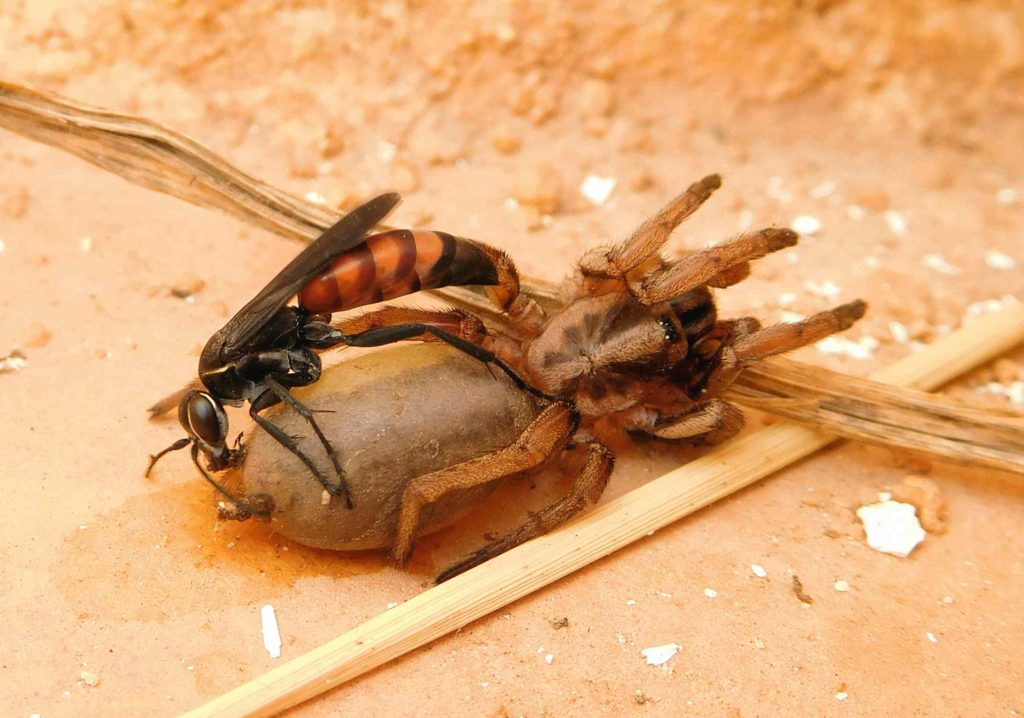

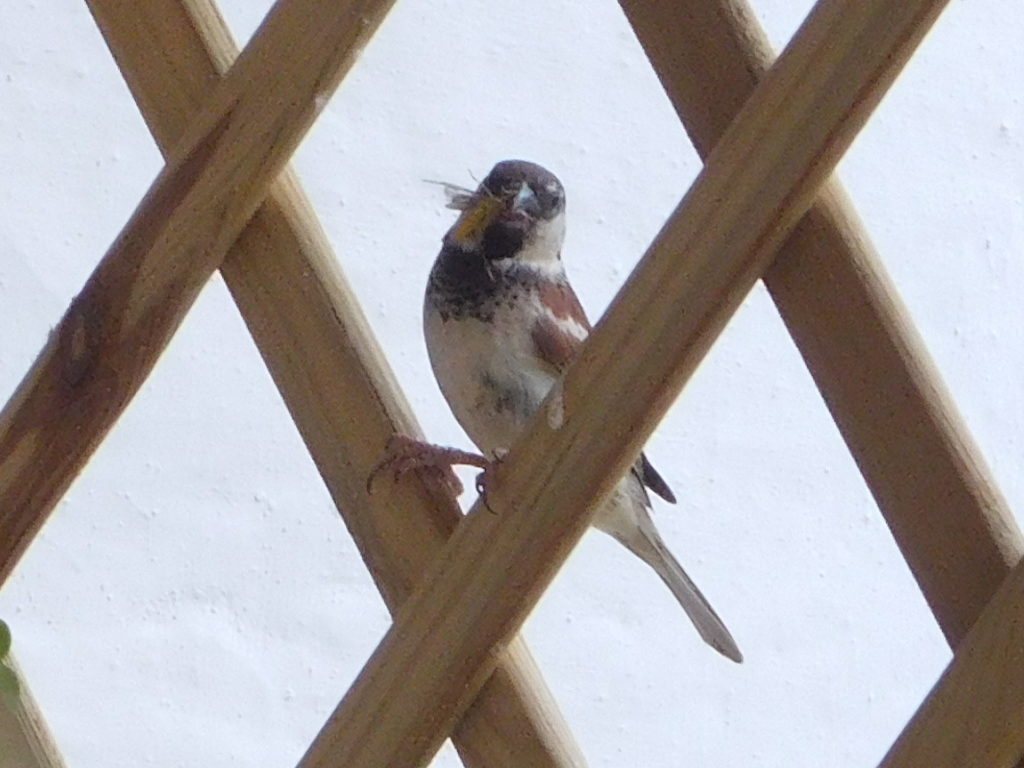



















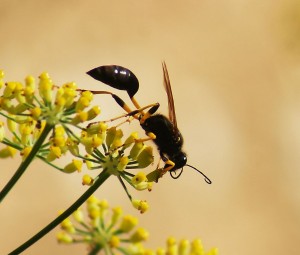
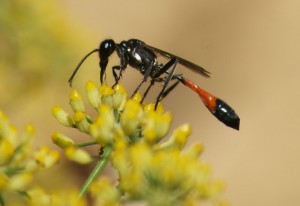
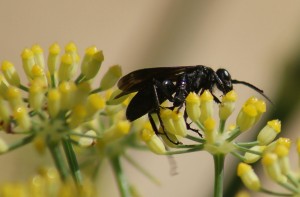
Today the morning sun blazed from a clear blue sky and the air around the tall handsome Fennel outside the kitchen swarmed with insects of all shapes and sizes, hastening to benefit from the plant’s abundant nectar. Among the visitors were the large black-and-yellow potter wasp, a small sand-wasp (Ammophila pubescens) – still a largish wasp, and a handsome species with its red and black abdomen – and an all-black spider-hunting wasp, like an Anoplius (and maybe of that genus) but without the red bands on the abdomen. Also enjoying the feast were many tiny solitary bees and a good number of flies of different species, including one with a long bristly red cylindrical abdomen, as well as what look very much like ordinary social wasps. A single red-and-black striped Trichodes alvearius beetle joined in.
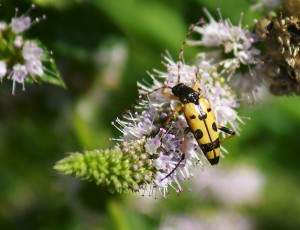
The garden Mint, now coming into full bloom, had an almost entirely different set of insects on and around it, including large flies (preyed on by Crab Spiders), a Strangalia maculata longhorn beetle, and a Sooty Copper. Half a dozen Gatekeeper butterflies chased about; a Wall Lizard scurried down the wall on the lookout for insect prey. A Large Skipper perched for nectar.
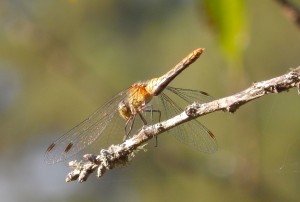
In the evening, two dragonflies hunted over the lawn. A Small Pincertail hawked up and down, its abdomen showing a roughly striped yellow and black appearance as it flashed past, wheeling up and turning aerobatically like a military helicopter over the box hedge. A Common Darter chose a perch at the end of any of three bare twigs on the Cherry, darting up like a Flycatcher, hovering, and landing again, often on the same perch. It was hard to see its markings against the light, even with binoculars, but by stalking it with the camera and adjusting the brightness and contrast it was possible to see its orange coloration and rather plain markings, as well as clear wings, excluding Yellow-Winged and Ruddy Darters, both of which I’ve seen here.
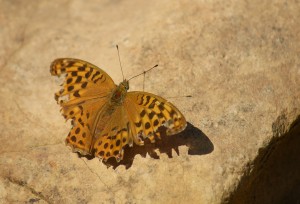
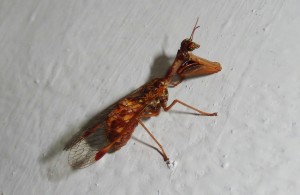
This rather beautiful small Mantis with a ‘millefiore bead’ pattern on its eye was resting on the kitchen shutters. I’ve never seen the species before: it is much shorter than the common green Praying Mantis of Europe that we get here (mainly on chalk, but also in sandy clay meadows), and it is probably well camouflaged in brownish grass or vegetation. The wings are surprisingly clear, so there is no startling ‘deimatic’ flash of bright colour available from the forewings. There seems no doubt, though, about the ‘praying’ front legs (I almost said ‘arms’).
Other insect visitors include Southern White Admiral and Scarce Swallowtail (actually commoner here than the ‘Common’ Swallowtail, a fast flier which we sometimes see).
Today I gave my ‘Camouflage without Spots’ talk at Gunnersbury Triangle nature reserve. It was very hot, and having helped the RSPB local group set up their stall at the Bedford Park Festival on the common, I cooled off and picked up the materials for the talk.
Helen had set out the tables and baked some amazing Camouflage Cakes – someone joked they couldn’t see them – and we all had lemonade in the heat.
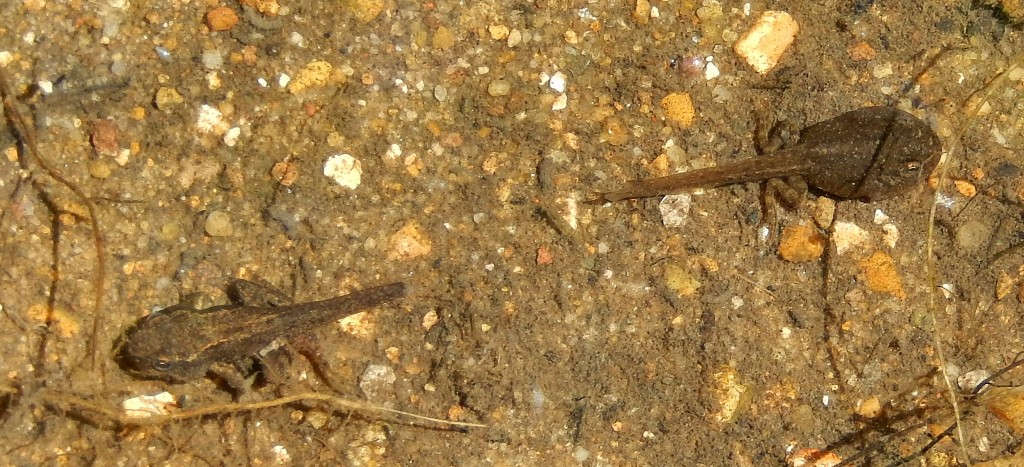
Once I had run through the talk and arranged the talk table with books and materials, I had a quick walk around the reserve. The tadpoles are just at the moment of growing legs – some have none, some two, some four: it’s very beautiful and touching.
A keen entomologist came running, a Clouded Yellow presumably blown in on the warm southerly wind had breezed across the reserve in front of the hut! They are only occasional visitors here, common enough in France, but they hardly ever perch when the weather is warm.
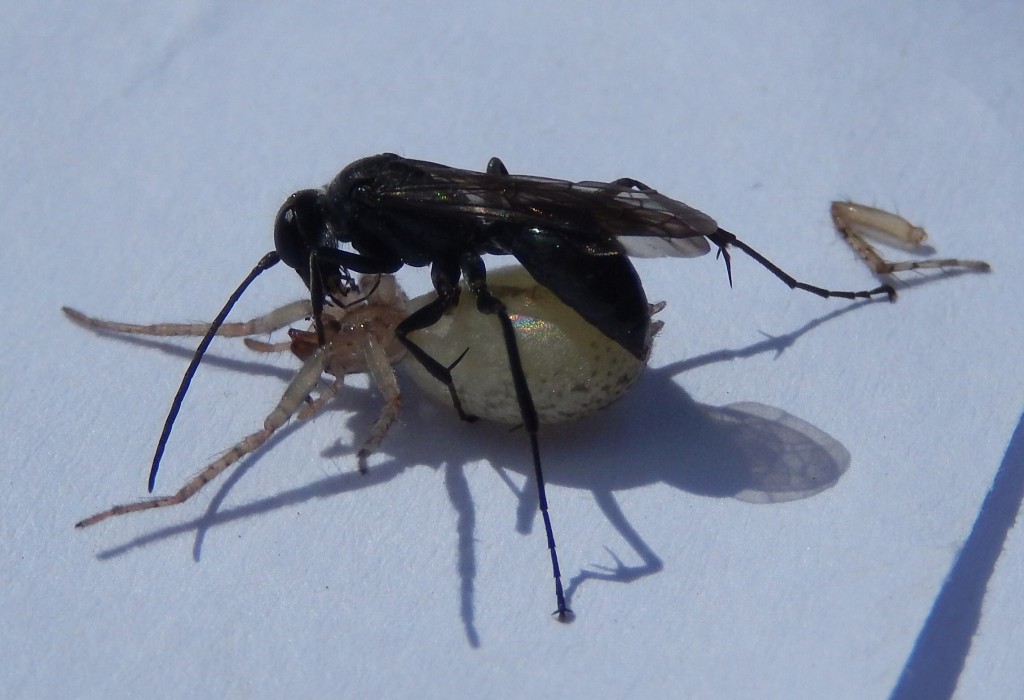
A second entomological excitement: a Pompilid spider-hunting wasp was running rapidly about on some papers in the hut, dragging something white below her body. The photo shows what the naked eye could hardly perceive: she had a paralysed spider as big as herself in her jaws (a leg has broken off). She was presumably running about to find a suitable hole to bury the unlucky spider in, complete with one of her own eggs which will hatch and eat the spider as a supply of fresh, living food, enough to keep it going until it pupates.
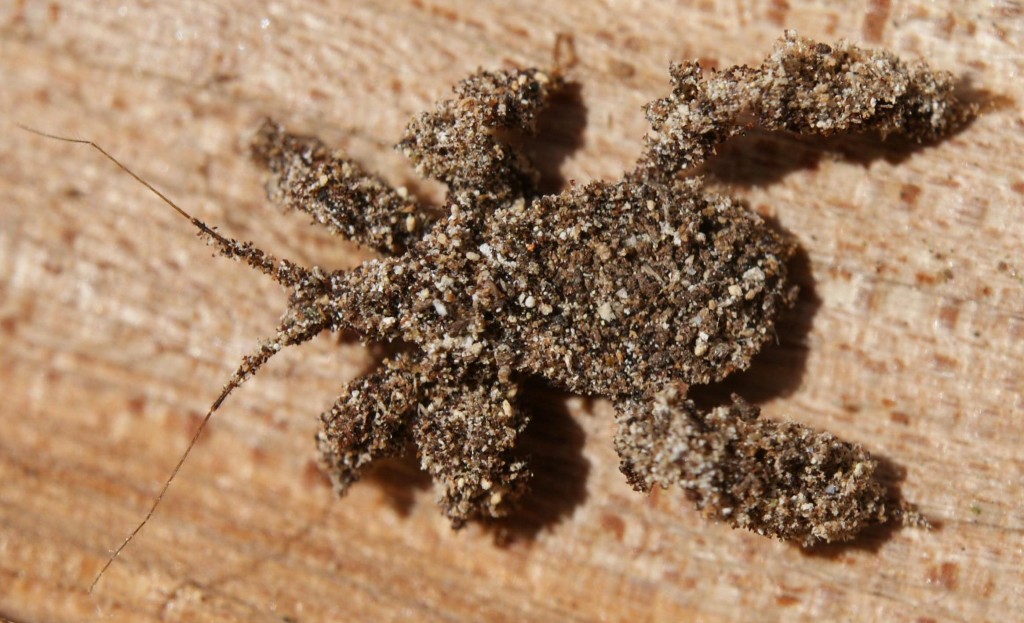
A surprisingly large audience congregated for the talk, which looked at tricks that animals use to conceal themselves, often in plain sight. I demonstrated using painted cylinders in the fortunately bright sunlight how countershading works and why it is necessary; and how some animals like skunks and honey badgers use it in reverse to make themselves as conspicuous as possible. We all marvelled together at the wonderful camouflage of the Masked Hunter Bug, the Flat-tail Horned Lizard, and perhaps best of all the Potoo, beloved of Hugh Cott, motionless with its astonishing disruptive markings in the fork of a tree. I risked bringing out my copy of Abbott Thayer’s Concealing-Coloration in the Animal Kingdom, complete with his fine but sadly misguided paintings of camouflaged Peacock, Roseate Spoonbills and Wood Duck. He was right about the principle of countershading, and the superb disruptive plumage of gamebirds, though.
Then we had more lemonade and ate the camouflaged cakes!
See also the blog article that trailed the talk.